I’ve heard mixed experiences with using yellowing epoxy. I have heard it won’t cure or will only get deeper yellow when cured. But, I also read the opposite — that it gets less yellow when cured. So, having some 1:1 epoxy resin with yellowed hardener on hand, I thought I would test it out.
This is my epoxy resin with the very yellow hardener getting mixed:
I used Resin Obsession Opaque Colors – one purple and one white. I left one without epoxy colors to see if the yellow changes when it cures.
I used my favorite ghost mold for this project. I wanted the resin to cure thick so I could appreciate the color.
Here they are cured. Both the ghost castings with colors are perfect. No trace of a yellow tone at all, and they dried perfectly. As expected, the clear epoxy resin casting stayed yellow. It didn’t appear to get darker or lighter than before casting.
This was a fun experiment, and it’s good to know that I can still use yellowing epoxy.
What can you do to prevent yellowing epoxy? Here’s how you should be storing your epoxy resin.
Worried about making a giant, expensive mistake with resin?
Wondering why sometimes your resin crafts come out beautifully and other times, not so much?
It’s very frustrating! I know because I felt the same way when I started as a resin artist sixteen years ago. It’s why I wrote the beginner resin book, Resin Fundamentals. Instead of making mistakes, you can learn from mine. You can read the PDF book in a couple of hours and feel ready to take on your first or next resin project. Buy now and get an email download link in minutes.
Originally written by by Penny Reid
Unpublished Blog Posts of Resin Obsession, LLC © 2023 Resin Obsession, LLC


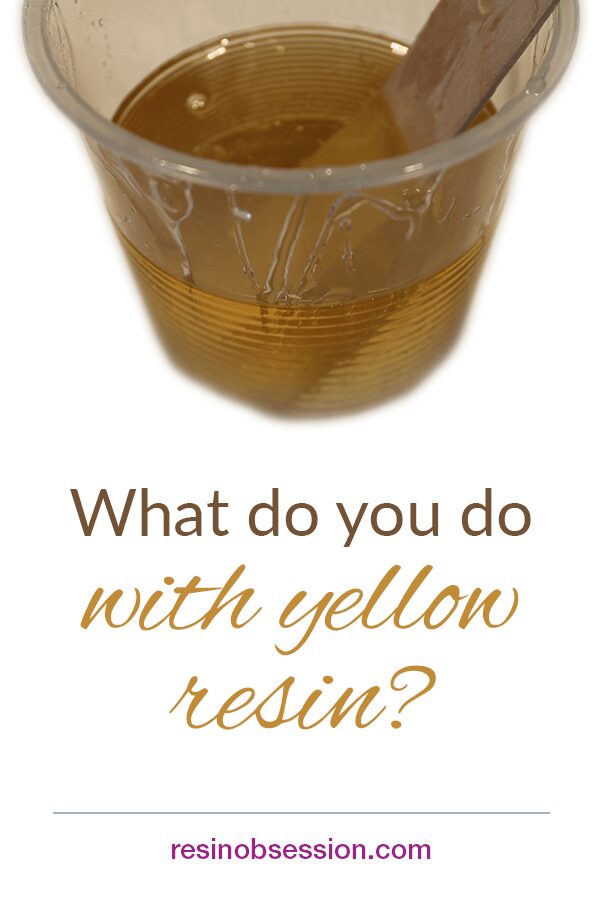
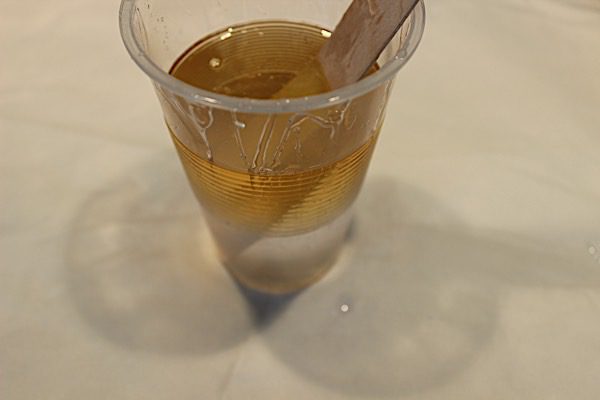
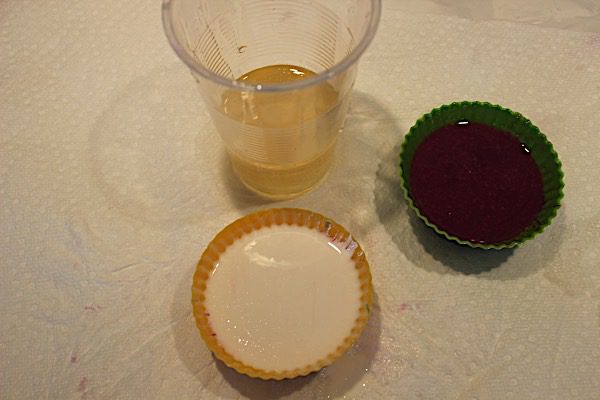
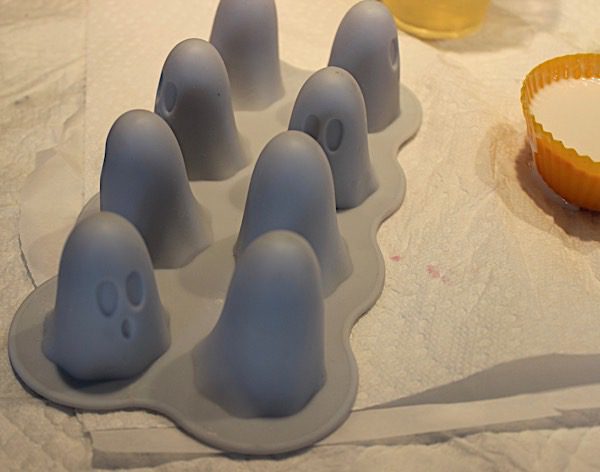
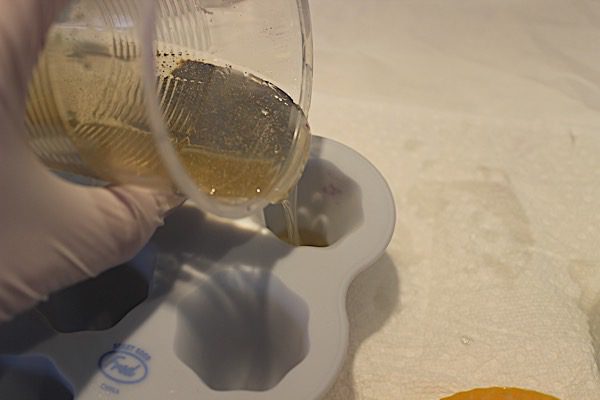
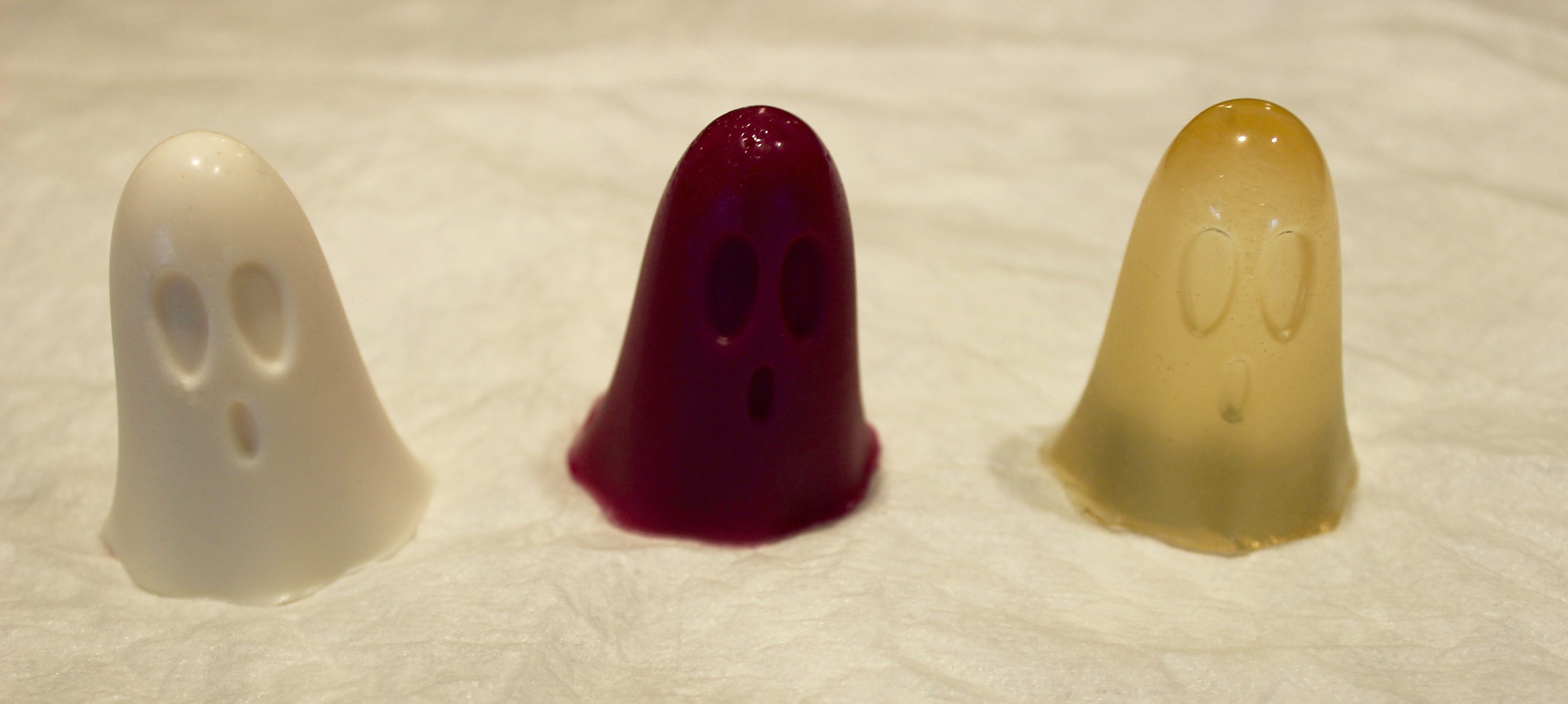

Thanks for doing this experiment! It’s really good information, not that I ever let mine turn yellow. ;}
I threw out a bottle bc I heard it wouldn’t cure. Thanks. I will not do that again
I used my yelllow resin. Loved it and will use it again. tfs
what about using resin which is specifically for wood?
the old yellow resin might work for antiquing brooches etc
It it’s an epoxy, I would expect the same results.
This stuff will indeed cure properly. The yellowing comes from the oxidation of the hardener. This example shows what happens with no colorants and opaque colorants.
Personally, I have found that clear colorants get a cloudy finish when the hardener has oxidized.
In the past … I have not cared about the oxidation. I mostly cared about the wear resistance and the toughness of the finished product. I was using this stuff to do carbon fiber and fiberglass layups.
Now … however; I have invested in an Etsy business which uses Katherine’s special clear resin. The Resin Obsession clear resin is absolutely 1st rate!
Thanks so much Ken. 🙂
i cant find you on Etsy
Hi Glennis, we are ‘ResinObsession’ on Etsy. Or you can shop resin supplies in our store here: https://shop.resinobsession.com/collections
When we moved recently. I found a couple of resin kits from 2003. I just couldn’t toss them, even though the hardener has turned yellow. I’m going to try it and see what happens.
Fingers crossed it works for you Ree!
Great to know, I had the same issue with a forgotten box of resin, I tried it with some steampunk pieces it actually gave a nice antique look to the piece,so don’t toss it.
I love using yellowed resin-I actually add more yellow to it and a hint of red to cast it like a piece of amber-I have even placed dead insects in the cast-I have also added small pieces of iridescent paper and dryer lint (clumped in some areas to let the iridescent paper show thru like a vein, the lint looks more like stone)
I love to make the yellow resin look like Amber with insects in it for the top of my walking sticks or canes. You know the Jurassic Park thing.
my resin cuff bracelet cured just fine but gets rubbery when its on my arm due to my body heat. Any suggestions?
What kind/brand of resin are you using?
My hardner has yellowed as I didn’t use it for a long time so I just colour it and its perfectly fine to use,
I’ve decided that the yellowing actually would make my vintage work look even more authentic with the yellowing aspect 🙂
Thanks for reporting on this. I probably would have saved it for mixing with an opaque colorant, so this confirms that would likely work well.
Thank you this information and doing the experiment. I too had read that once it turns amber that it can no longer be used. I have a few bottles of different brands of resins, because I was trying to find a brand that is heat resistant for the coasters I want to make.
What happened if the epoxy turns yellow after 6 months after use? Thanks! Clear Cast Alumite brand
If you opened the resin, then didn’t use it for awhile, the oxygen in the air at the top of the bottle can cause the yellowing.
Doesn’t there exist something like a top coat with uv protection you can finish your work with?
Unfortunately, even coatings with UV protection aren’t 100 percent effective. You should expect that your resin will yellow with time.
Great post! This may sound odd, but in the cake baking world, sometimes a tiny bit of purple is added to buttercream to make it whiter (it’s yellow because of the butter). It works well! I wonder if anyone has ever tried that with resin.🧐
It will change the color, but the resin will never become clear again. I’m guessing it will become grayish.
Resin also crazes after time… I do wonder how long the beautiful dried flower pieces in clear resin will remain beautiful?
Don’t know if this is still maintained, but thanks for all the good info. I discovered Envirotex Lite for a Walking Stick project I have been working on.
The finish is amazing and the hardness of two coats is rock solid.
Best.
I haven’t been able to work with Resin for a while, but I plan to start again soon. My hardener is yellow but my resin is not. Would there be any disadvantage to just buying a new bottle of hardener and using the older bottle of Resin? There is no date on my bottle — just a batch number. Is it possible to check the batch number to find out how old my resin is? Thank you in advance.
Hi Clare, you should buy a kit with both new bottles.